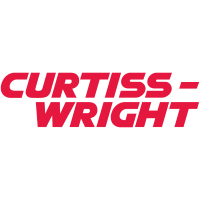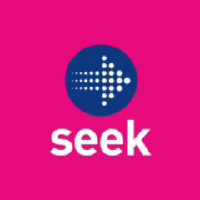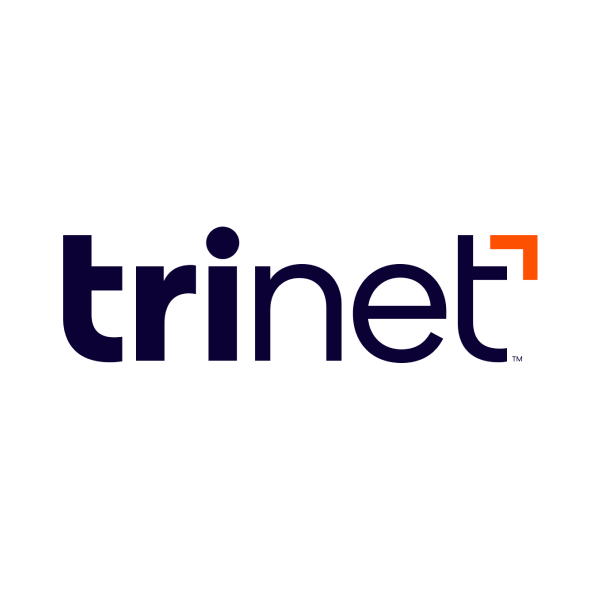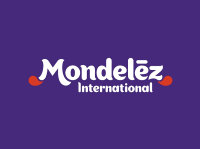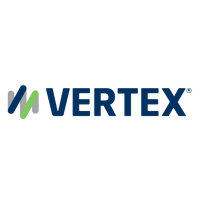
Vertex Inc
NASDAQ:VERX
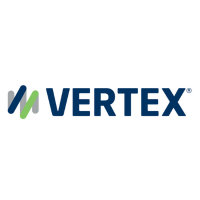

| US |

|
Johnson & Johnson
NYSE:JNJ
|
Pharmaceuticals
|
| US |

|
Berkshire Hathaway Inc
NYSE:BRK.A
|
Financial Services
|
| US |

|
Bank of America Corp
NYSE:BAC
|
Banking
|
| US |

|
Mastercard Inc
NYSE:MA
|
Technology
|
| US |

|
UnitedHealth Group Inc
NYSE:UNH
|
Health Care
|
| US |

|
Exxon Mobil Corp
NYSE:XOM
|
Energy
|
| US |

|
Pfizer Inc
NYSE:PFE
|
Pharmaceuticals
|
| US |

|
Palantir Technologies Inc
NYSE:PLTR
|
Technology
|
| US |

|
Nike Inc
NYSE:NKE
|
Textiles, Apparel & Luxury Goods
|
| US |

|
Visa Inc
NYSE:V
|
Technology
|
| CN |

|
Alibaba Group Holding Ltd
NYSE:BABA
|
Retail
|
| US |

|
JPMorgan Chase & Co
NYSE:JPM
|
Banking
|
| US |

|
Coca-Cola Co
NYSE:KO
|
Beverages
|
| US |

|
Walmart Inc
NYSE:WMT
|
Retail
|
| US |

|
Verizon Communications Inc
NYSE:VZ
|
Telecommunication
|
| US |

|
Chevron Corp
NYSE:CVX
|
Energy
|
Utilize notes to systematically review your investment decisions. By reflecting on past outcomes, you can discern effective strategies and identify those that underperformed. This continuous feedback loop enables you to adapt and refine your approach, optimizing for future success.
Each note serves as a learning point, offering insights into your decision-making processes. Over time, you'll accumulate a personalized database of knowledge, enhancing your ability to make informed decisions quickly and effectively.
With a comprehensive record of your investment history at your fingertips, you can compare current opportunities against past experiences. This not only bolsters your confidence but also ensures that each decision is grounded in a well-documented rationale.
Do you really want to delete this note?
This action cannot be undone.

| 52 Week Range |
19.1
58.95
|
| Price Target |
|
We'll email you a reminder when the closing price reaches USD.
Choose the stock you wish to monitor with a price alert.

|
Johnson & Johnson
NYSE:JNJ
|
US |

|
Berkshire Hathaway Inc
NYSE:BRK.A
|
US |

|
Bank of America Corp
NYSE:BAC
|
US |

|
Mastercard Inc
NYSE:MA
|
US |

|
UnitedHealth Group Inc
NYSE:UNH
|
US |

|
Exxon Mobil Corp
NYSE:XOM
|
US |

|
Pfizer Inc
NYSE:PFE
|
US |

|
Palantir Technologies Inc
NYSE:PLTR
|
US |

|
Nike Inc
NYSE:NKE
|
US |

|
Visa Inc
NYSE:V
|
US |

|
Alibaba Group Holding Ltd
NYSE:BABA
|
CN |

|
JPMorgan Chase & Co
NYSE:JPM
|
US |

|
Coca-Cola Co
NYSE:KO
|
US |

|
Walmart Inc
NYSE:WMT
|
US |

|
Verizon Communications Inc
NYSE:VZ
|
US |

|
Chevron Corp
NYSE:CVX
|
US |
This alert will be permanently deleted.
Vertex Inc
In the realm of tax technology, Vertex Inc. stands as a significant player, weaving intricate threads between the complex tapestry of tax regulations and corporate commerce. Founded in 1978 and headquartered in King of Prussia, Pennsylvania, Vertex has steadily carved a niche by offering comprehensive tax software solutions. These solutions are not merely tools but sophisticated systems designed to automate and streamline tax-related processes for businesses of varying sizes. As the global market broadens and tax codes grow increasingly intricate, the demand for efficient, effective tax management has soared. This is where Vertex steps in, providing an array of cloud-based software services that assist corporations in handling indirect taxes such as sales tax, VAT, and payroll tax, among others. The company’s offerings allow firms to maintain compliance with evolving tax laws while reducing the risk of errors and the burden of manual tax administration.
Vertex ensures its viability and earns revenue by implementing a subscription-based business model for its software solutions and services. Through this model, it provides continuous updates, cloud support, and essential compliance information to its clients. The company also leverages its consulting services to guide businesses in optimizing their tax operations and implementing its systems seamlessly. By doing so, Vertex not only garners recurring revenue but also fortifies relationships with its clients, fostering a sense of trust and reliability. As enterprises expand their operations across borders, Vertex aids in navigating the tax landscapes of various jurisdictions, underscoring its critical role in modern-day commerce. Its blend of technology and expertise has positioned the company as a trusted partner in the increasingly digital and interconnected world of business taxation.

In the realm of tax technology, Vertex Inc. stands as a significant player, weaving intricate threads between the complex tapestry of tax regulations and corporate commerce. Founded in 1978 and headquartered in King of Prussia, Pennsylvania, Vertex has steadily carved a niche by offering comprehensive tax software solutions. These solutions are not merely tools but sophisticated systems designed to automate and streamline tax-related processes for businesses of varying sizes. As the global market broadens and tax codes grow increasingly intricate, the demand for efficient, effective tax management has soared. This is where Vertex steps in, providing an array of cloud-based software services that assist corporations in handling indirect taxes such as sales tax, VAT, and payroll tax, among others. The company’s offerings allow firms to maintain compliance with evolving tax laws while reducing the risk of errors and the burden of manual tax administration.
Vertex ensures its viability and earns revenue by implementing a subscription-based business model for its software solutions and services. Through this model, it provides continuous updates, cloud support, and essential compliance information to its clients. The company also leverages its consulting services to guide businesses in optimizing their tax operations and implementing its systems seamlessly. By doing so, Vertex not only garners recurring revenue but also fortifies relationships with its clients, fostering a sense of trust and reliability. As enterprises expand their operations across borders, Vertex aids in navigating the tax landscapes of various jurisdictions, underscoring its critical role in modern-day commerce. Its blend of technology and expertise has positioned the company as a trusted partner in the increasingly digital and interconnected world of business taxation.
Revenue Growth: Q3 revenue was $192.1 million, up 12.7% year-over-year and in line with guidance.
Cloud Momentum: Cloud revenue grew 29.6%, with strong performance from recent e-invoicing mandates and ecosystem partnerships.
Profitability: Adjusted EBITDA reached a record $43.5 million, exceeding guidance by $2.5 million, with a margin of 22.6%.
Customer Headwinds: Customer bankruptcies and faster-than-expected legacy migrations impacted retention metrics and contributed to a 1-point drop in net revenue retention to 107%.
Guidance Lowered: Full-year and Q4 revenue guidance was trimmed due to these headwinds and timing of migrations, though management characterized these as largely one-off events.
AI and E-invoicing Investments: Ongoing investments in AI and e-invoicing products are on track, with management expecting margin leverage improvements as spending normalizes into 2026.
Share Buyback: A $150 million stock repurchase was authorized, reflecting confidence in long-term growth.
Leadership Change: CEO David DeStefano will retire, staying on as nonexecutive chair, with Chris Young (ex-Microsoft) named as the new CEO.



